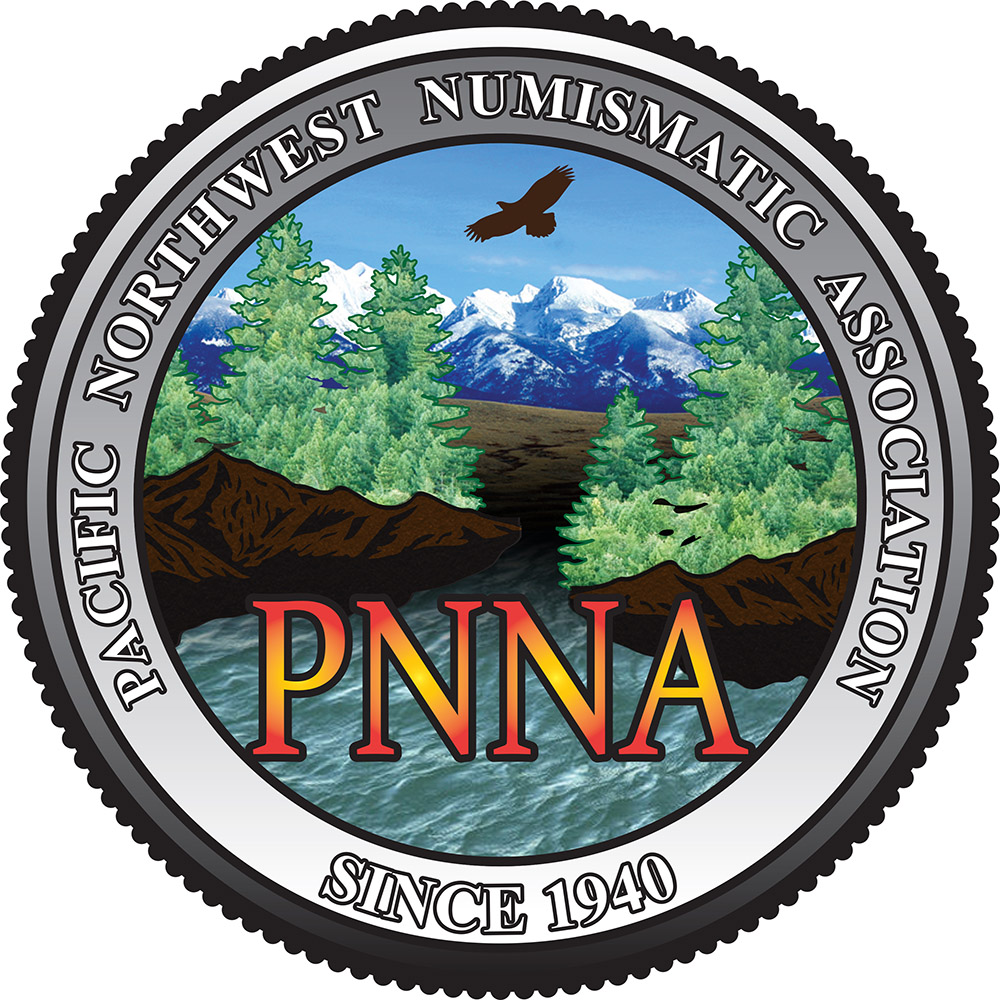Coin Grading
See the main reference page for other topics and resources.
The value of collector coins can vary enormously (for what would otherwise be the same coin) depending on the grade, or state of preservation, of the coin. In general, collectors are looking for nice original examples of the coins that they collect in as high a grade as they can reasonably afford.
Collectors use a numerical and descriptive grading scale that includes the following major grades:
| Adjectival Grade | Numerical Grade | Description | % Details |
|---|---|---|---|
| About Good | AG-3 | A very heavily worn coin, with the rim typically worn into the lettering or design. | Close to 0% |
| Good | G-4 to G-6 | A heavily worn coin, but still recognizable and collectible. | Perhaps 10% |
| Very Good | VG-8 to VG-10 | A well-worn coin, with some design details faint. | 25% |
| Fine | F-12 to F-15 | Moderate to considerable even wear; major design details clear. | 50% |
| Very Fine | VF-20 to VF-30 | Light to moderate wear. | 75% |
| Extremely Fine | EF-40 to EF-45, also XF | Light wear; some mint luster may show. | 90 to 95% |
| About Uncirculated | AU-50 to AU-58 | Only slight wear (usually on high points); 50% or better mint luster. | Nearly 100% unless weakly struck. |
| Mint State | MS-60 to MS-70 | No wear; but may have contact marks or other impairments depending on the numerical grade from 60 (impaired) to 70 (perfect). | 100% unless weakly struck. |
“% Details” is a rough guide to how much of a coin’s fine design details (such as shield lines or feathers) will be visible in a given grade. It can be used when more specific guidelines are not available, such as for many world coins. It does not apply to the outline of major design elements (such as the outline of a portrait), which should remain 100% visible in grades as low as G-4.
Proof coins, made for collectors with specially polished dies and coin blanks, also use the 70-point numerical scale with the prefix “Prf.” If a proof coin hasn’t been circulated, the minimum grade would be Prf-60 (or PRF-60).
Within the 60 to 70 range for mint state coins, the exact grade will depend on characteristics such as luster, surface (bag marks, etc.), sharpness of strike, and overall eye appeal. Consult a detailed grading guide for more information.
You should consult a book on coin grading (such as the Official A.N.A. Grading Standards for United States Coins) if you plan to buy or sell coins on a regular basis. The ANA also offers grading seminars and classes; see the ANA website (www.money.org) for more information.
It’s important to be aware that coins are only worth “catalog” prices when the coin is a reasonably attractive, undamaged example of the grade. Damaged coins may sometimes be “net” graded to a lower grade than the grade based on wear. If this is done, it should be noted in the coin’s description along with a brief description of the damage.
Coin Cleaning
Almost all collectors desire nice “original” coins (meaning original surfaces, not just an authentic coin) which haven’t been harshly cleaned. Hairline scratches from polishing may be OK on doorknobs and silverware, but not on coins. If you must clean a coin to remove harmful dirt or contamination, you should use only non-abrasive liquid solvents, such as soap and distilled water or rubbing alcohol. Even rubbing with a Q-tip can damage proof or mint state coins. Although there are products available that remove tarnish from coins, these liquids are actually chemical etches that also remove a small amount of metal from the coin and dull the luster. They should be used sparingly or not at all, and they should not be used on copper or nickel coins. If you can see the coin’s natural luster through the tarnish or “toning,” you probably should not attempt any kind of “dipping” to remove the tarnish, although you can still use non-etching solvents to remove dirt or contamination.
Collector coins should be handled only by the edge (over a soft surface in case you drop the coin) to prevent getting fingerprints on the coin’s surface. This is especially important for coins grading AU-50 or better.
If you have valuable coins that you feel would benefit from a professional coin conservation service, please see the Numismatic Conservation Services (NCS) website.
